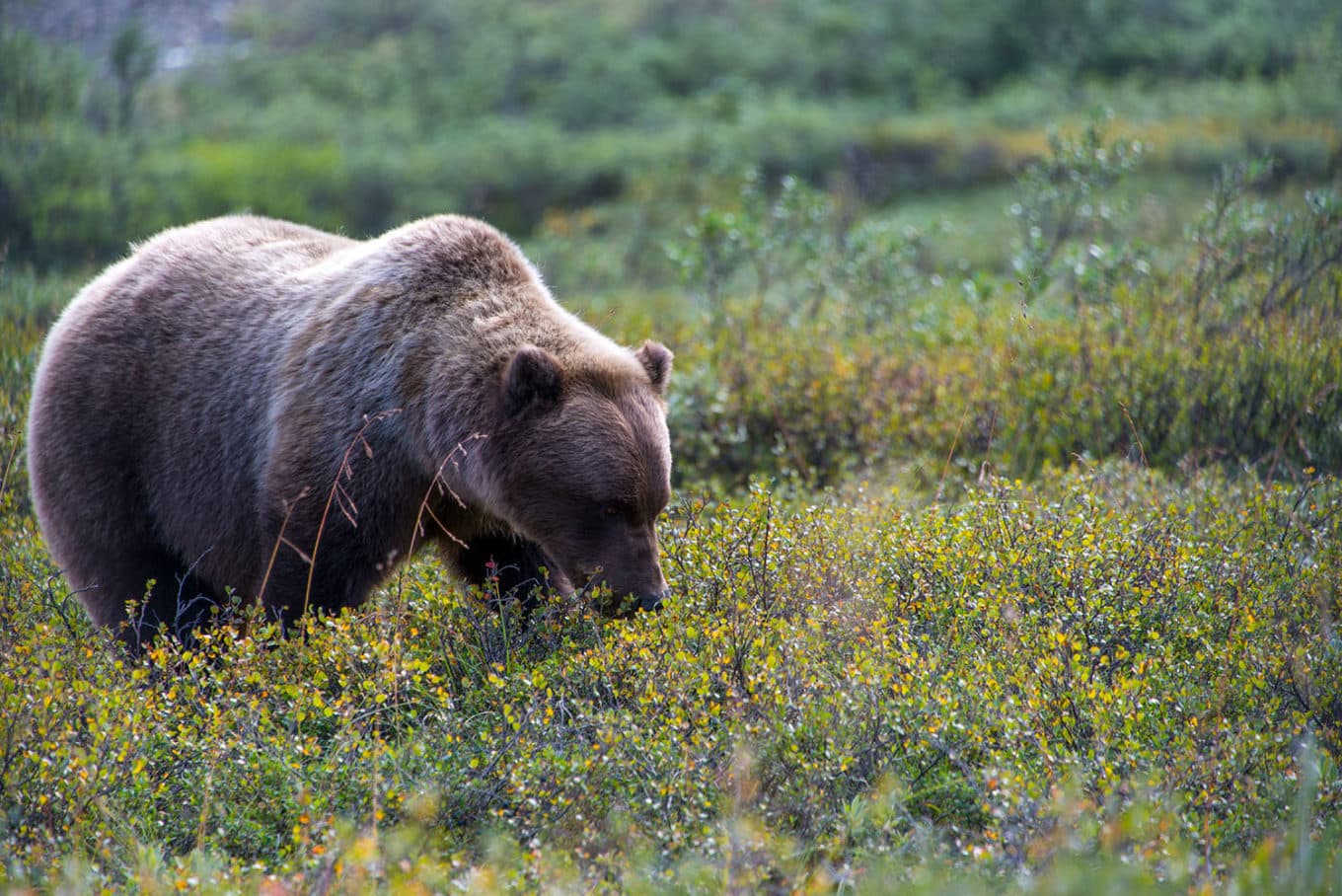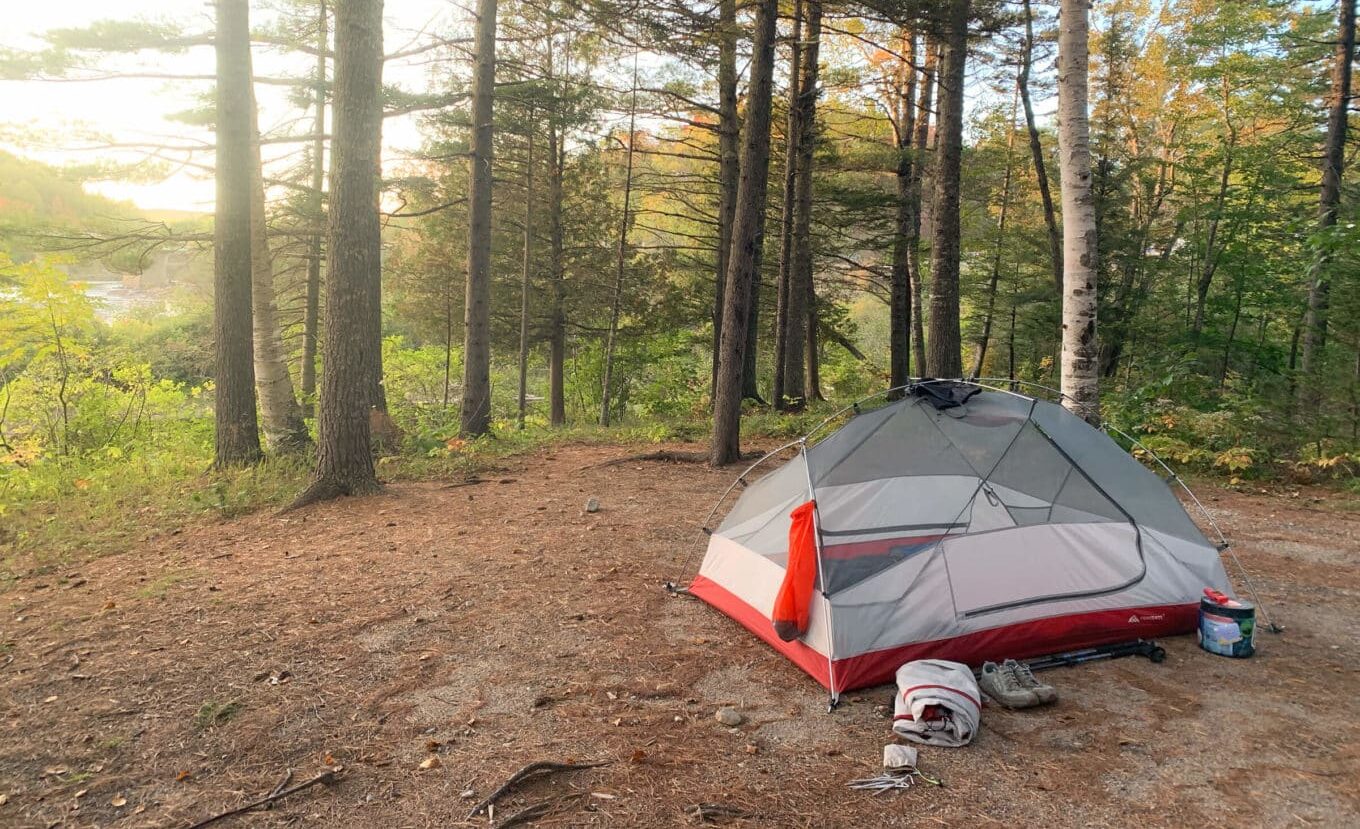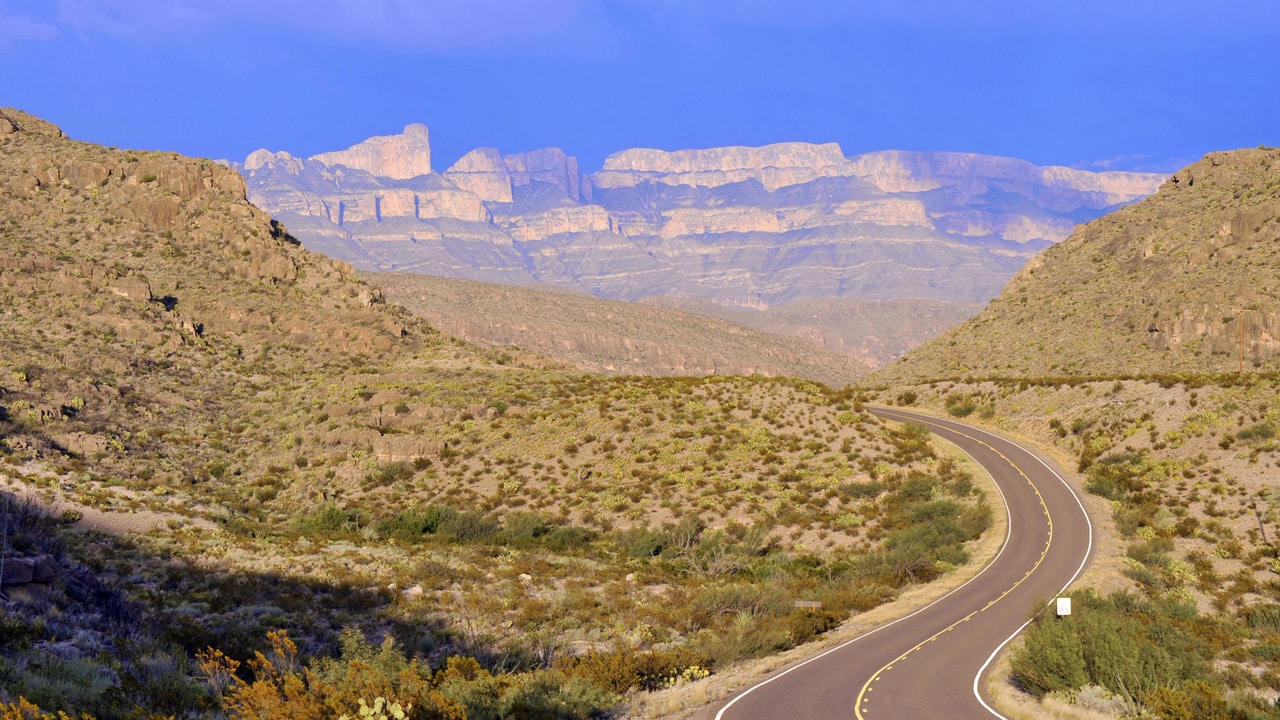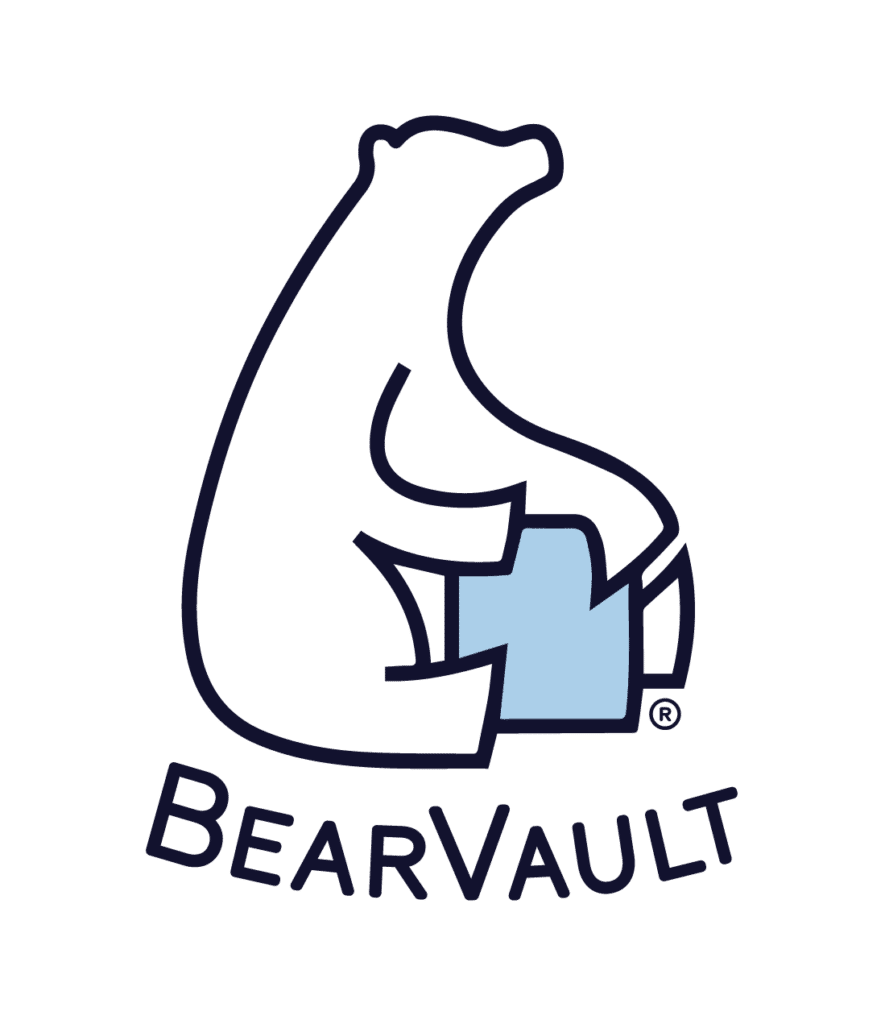Is Car Camping In Bear Country a Good Idea?
My first experience with car camping was in bear country.
For 5 days, the glories of Yellowstone National Park, the Tetons, and surrounding national forests were mine to enjoy. My best friend and I soaked in a natural hot spring after fording an icy creek. I survived the worst hike of my life doing a mile of switchbacks in the most ill-advised clothing choice I could’ve made. We took a dip in a crystal clear, frigid stream before cooking a meal over an open fire.
Put simply, it was a trip I’ll never forget.
Not having to set up a tent made it easy to move to the next spot, so that’s what we did every day. When you’re from the flatlands you want to make the most of what time you have in the mountains! Every night was spent in a new campsite, the bed of the truck serving as a base for camp cots.
There’s a lot to consider before heading out on a trip like that. Knowing where to park is a big one, no matter what part of the country you’re visiting. And if it’s a location known to be inhabited by bears, like ours were, you have to know how to stay safe.
Let’s dig in and look at how you can enjoy the simplicity of car camping in bear country.

A group of bears walking near Grand Teton National Park.
Are there rules about car camping in bear country?
It’s not all about the bears. There are rules to consider before you head out on a car camping adventure. You should always check into the regulations of your destination before heading out so you’re prepared when you arrive.
For instance, national parks do allow you to sleep in your car. BUT it’s restricted to permitted campsites only. It’s not like you can find an empty parking spot and expect to be undisturbed all night long. You’ll likely get a visit from a park ranger.
On the other hand, camping on undesignated sites, known as boondocking, can be a great way to enjoy public lands that aren’t national parks. Van lifers, people who live long stretches of time in their vans, know that some businesses are perfectly fine with quick stop overs as long as you’re considerate and don’t leave a mess. Others, however, don’t appreciate it at all. Checking with online communities like VanLife – Facebook can help with some research.
All that leg work will add up to a solid foundation for your trip. After that, it’s on to other considerations…
Is it safe to go car camping in bear country?
You’ll have to take the same safety measures as you do for other types of camping. Proper food storage and staying aware of your surroundings will still be important! But why, you may ask? With a solid door, can’t you rest perfectly easy?
Well, sort of. But it’s not quite that simple.
Bears can open car doors
You can’t assume you’re safe simply because the door is closed. Many types of car doors feature handles that are relatively simple for a bear to open. This is especially true in areas where bears may have already scored some cool stuff by raiding cars in the past. Any type of positive reinforcement can make the lesson of “how-to-open-car-doors” stick!
So lock your doors whenever you’re ready to sleep or step away. Especially considering this next point…

Bears can smell what’s inside
Bears have incredibly sensitive noses and cars don’t prevent all scents from getting out. The bag of leftover fast food from the drive out still smells of greasy goodness. This morning’s breakfast burrito dripped on the seat. Aromas from tonight’s supper ingredients waft out of the cooler every time you open it for a beer or bubbly.
All of that means it’s still important to practice proper food storage. Keeping smells under lock and key will protect you and also keep bears safe from the potential results of initiating conflicts with people.
How to stay safe when car camping in bear country
So you’re going to bear country. You’re going to car camp. That much has been decided already! What do you need to do to stay safe?
Follow these steps:
- Ensure you’re in an approved area before catching your z’s. As mentioned, there are regulations in parks about where you can and can’t bed down for the night and whether or not you’ll need a permit to do so. Make sure you avoid unwanted visits from a ranger telling you to move by checking ahead of time. Usually the best place to do this is on park websites directly.
- Park on level ground and use a parking brake. Waking up to a rolling car may be second only to waking up to the sound of your door being opened… Nope, I think those would be tied for worst.
- If bear lockers are available, use them to store your food. If they’re not, use a BearVault and stash your food away from your car. There’s no point in drawing bears in with all those tantalizing smells.
- Always lock your doors before calling it a night or going for a hike. This will prevent that tied-for-worst instance of waking to the sound of your door opening.

What other types of camping can you enjoy in bear country?
Maybe you’re not sold on the idea of car camping. It has its perks, sure. But there are cons that rob it of some camping joys too.
- It blocks out a lot of the sounds and smells of nature while you sleep. That could be a pro or a con depending on your preferences.
- It restricts your exploration to roadsides and parking areas. Backcountry camping offers some of the most incredible views and, of course, unbeatable privacy.
- It can be uncomfortable if your car is too small to stretch out. I was grateful for a full truck bed that could hold two twin size cots!
- It can make packing difficult to account for sleeping space. You can’t pack to the brim if you need to be comfortable to sleep.
1. Tent camping
Pitch a soft-sided structure to sleep in. Tents come in a wide variety of sizes. The smallest fit a single person and pack tiny to slip inside a backpack. Larger ones can size up to heavy-duty canvas tents for large groups of campers.
2. Hammock camping
String a hammock between trees or on a stand for sleeping off the ground. Sleep set-ups are available that include bug nets, weather proofing tarps, and even underquilts.
3. Cowboy camping
Spread your sleeping bag on the ground and embrace the dirt. Be extra weather aware and prepared to abort or alter your plans to handle any unexpected rain or snow you experience.
Many parks allow all types of camping. Again, checking your specific destination will be your best source of information regarding rules!
For instance, while most of Yellowstone allows tent camping, Fish Bridge Campsite only allows RVs. They say it’s due to the frequency of grizzly visits, but there are hundreds of other places in the park to sleep under the stars if that’s your style.
Backcountry sites, which are hike-in locations for backpackers to enjoy, can accommodate your tent, hammock (if there are trees), or cowboy style.

Obviously, each scenario comes with its own inherent risk that must be weighed up against the reward. Safety in bear country extends to every type of camping, including car camping. Keep these 5 rules in mind.
- Let someone know where you’re going and when you plan on returning.
- Always have protection close at hand and be proficient at deploying it.
- Carry an emergency communication device and know how to use it.
- Remember to make noise as you camp to avoid the most common bear conflict.
- Never cut corners on food security and include hygiene items in storage plans.
The most important part of safety in any outdoor activity is staying aware and making choices intentionally. Things change, circumstances shift, and you should always be taking in new information to make informed decisions.
One night, we got to our dispersed campsite well past dark thanks to sticking around for Old Faithful’s next awakening. Our spot was way down a dirt road, deep in national forest land. It was grizzly country and we couldn’t see our hands in front of our faces. Breaking out the lantern and camp stove to prepare an aromatic supper felt risky, so we agreed that a quick sandwich in the cab of the truck was a better idea. They were assembled, enjoyed, and quickly cleaned up before we bedded down for the night. Thankfully, we experienced no visitors and were able to awake to a stunning lakeside view the next morning.
No matter what kind of camping you decide to enjoy in bear country, make sure you’re taking the necessary steps to stay safe.
Author Profile

Jessica Cockroft
Jess merges her passion for words and an insatiable longing for adventure as an outdoor freelance content writer and marketer. When she’s not busy stringing words together you’ll probably find her planning another camping trip for her crew of kids or taking care of the homestead. You can find her on LinkedIn and Instagram, as well as on her own website.




